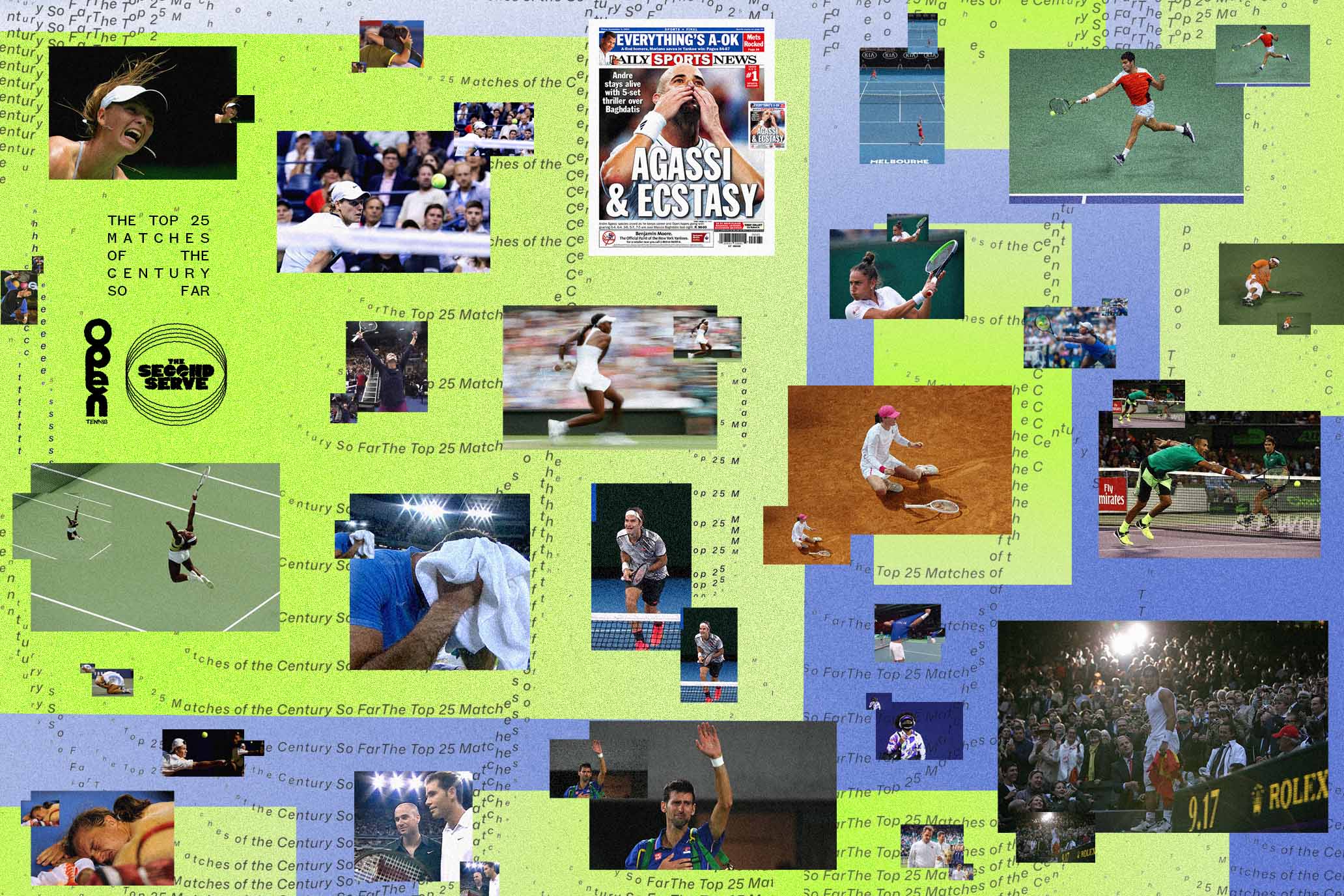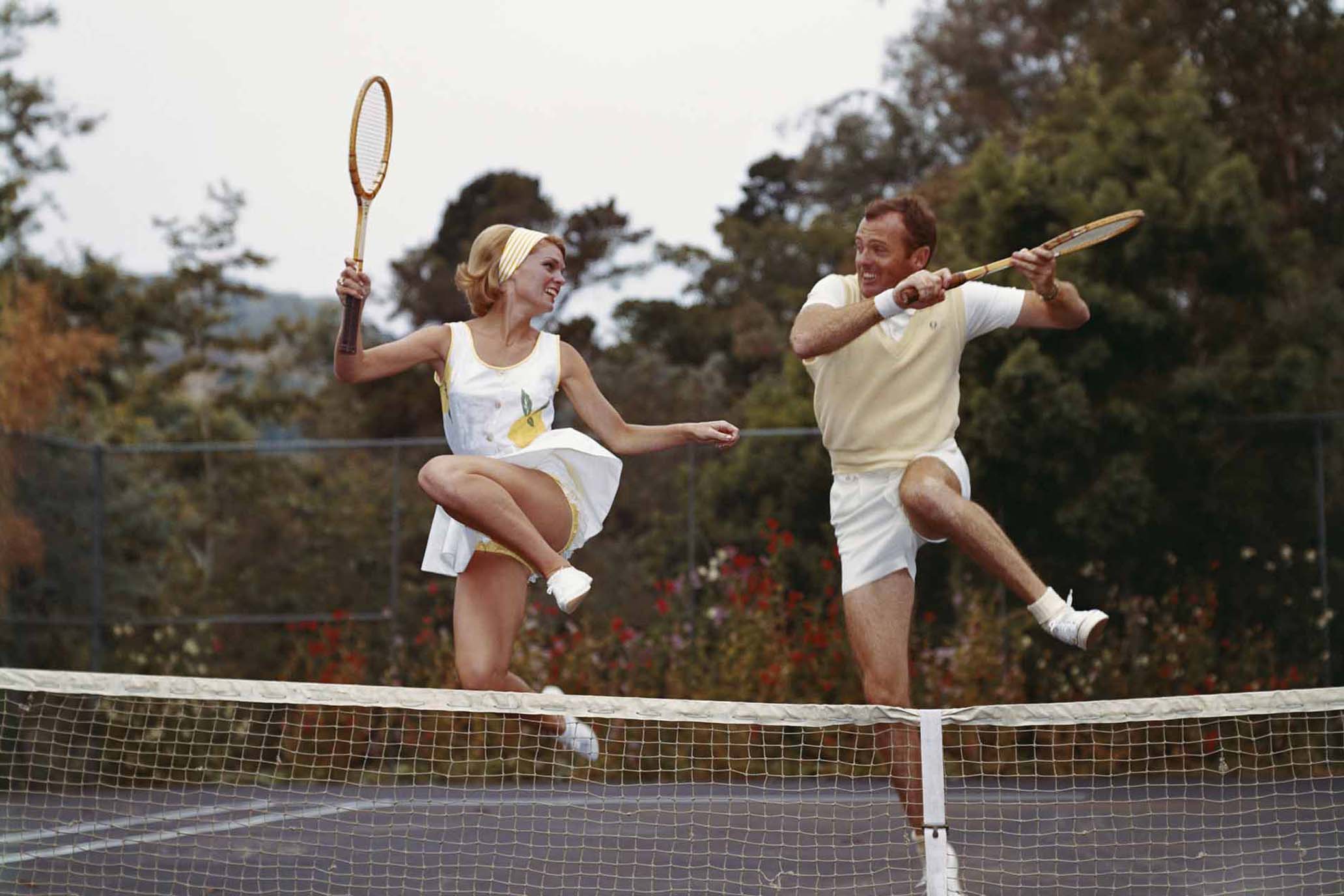The Italianate Charms of the Cincinnati Open
The Italianate Charms of the Cincinnati Open
For 2025, the Masters 1000 event revealeda $260 million renovation.
For 2025, the Masters 1000 event revealed a $260 million renovation.
By Ben RothenbergAug 11, 2025
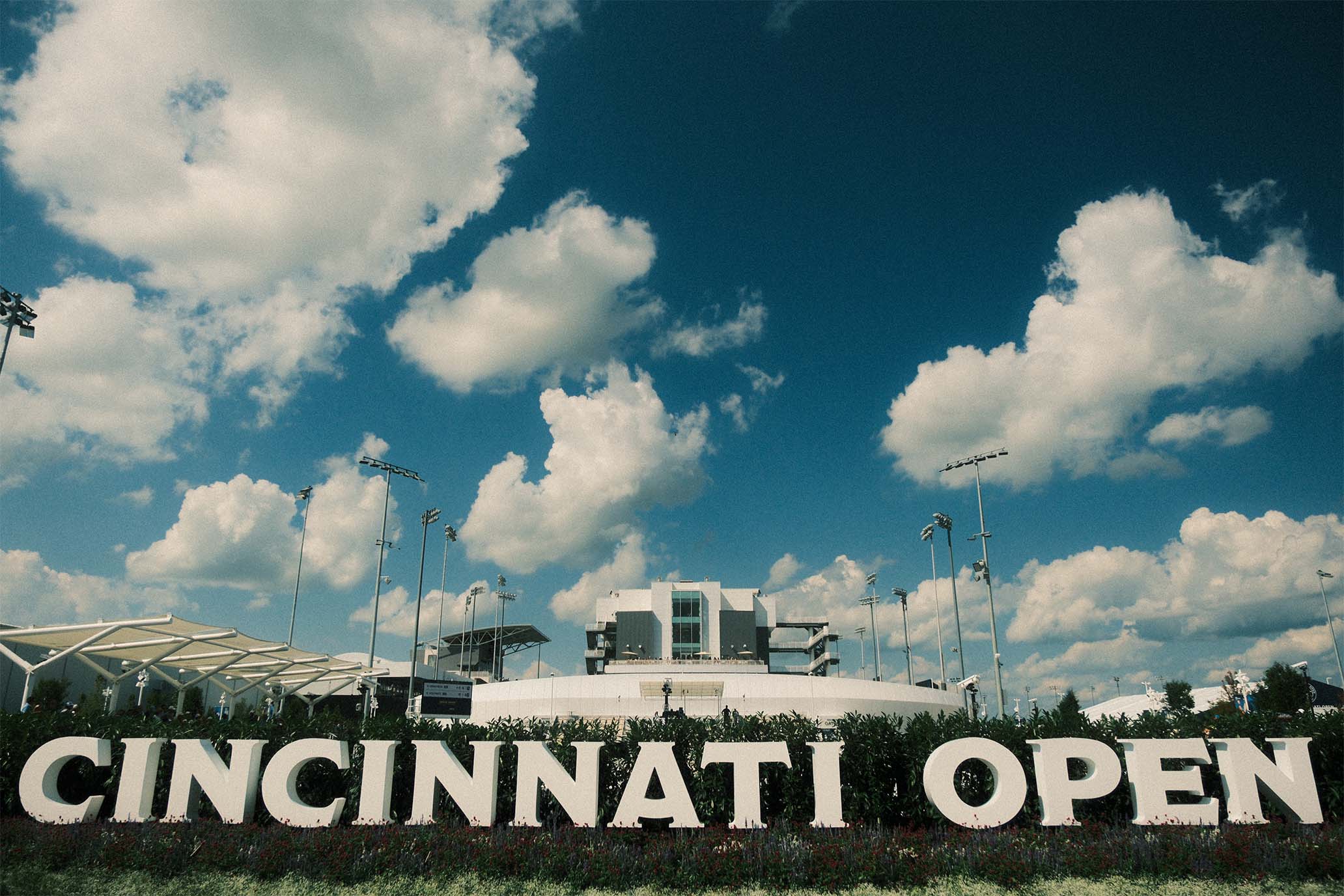
Outside the all new Champions Court // David Bartholow

Outside the all new Champions Court // David Bartholow
A mention of Roman influence in American architecture likely first evokes the white marble of Washington, D.C., and other government buildings around the country that borrowed those classical columns, domes, arches, porticos, and pediments.
But in the last century, there’s also been a less obvious new through-line of inspiration, as 20th-century Roman stadiums became models for some of the most celebrated sports venues in America.
When Houstonian Judge Roy Hofheinz spearheaded the creation of the Astrodome—a creation evangelist Billy Graham further tied to classical antiquity by declaring it “the eighth wonder of the world”—he took design inspiration from a smaller multisport arena that Italian architect Pier Luigi Nervi had designed less than a decade earlier: the gorgeous Palazzetto dello Sport, built for the 1960 Rome Olympics.
Hofheinz believed the even grander-scale grandeur of his Astrodome would make the world no longer see Houston as a backwater. “Nobody can see [the Astrodome] and go back to Kalamazoo, Chicago, New York—you name it—and still think this town is bush-league, that this town is Indian territory,” Hofheinz said.
Both the Astrodome and Palazzetto dello Sport have fallen into disuse for stretches of this century. But in tennis, the Roman architecture aqueduct of ideas is still pouring steady inspiration into the biggest tennis tournament in the American Midwest.
The Italian Open’s Stadio Pietrangeli, the sunken marble court lined with marble statues around the brim, has been widely agreed to be one of the world’s best tennis stadiums. Built by avid tennis player Benito Mussolini to evoke the glories of the Roman Empire, Pietrangeli has been best emulated in the decidedly less fascist-tinged design of the Cincinnati Open in the suburb of Mason, Ohio, particularly the tournament’s quaternary Court 10.
I’ve been traveling to tennis tournaments around the world for about a decade and a half now, and I tell anyone who asks that Cincinnati’s Court 10 has been my favorite spot to watch a match on the whole circuit, just ahead of Pietrangeli. Many times the obscure answer provokes quizzical replies, but folks who have been to the Cincinnati Open often agree.
“Court 10 has always been one of the most popular courts here because of that sunken, intimate feeling,” Jansen Dell, chief operating officer of the Cincinnati Open, told The Second Serve.
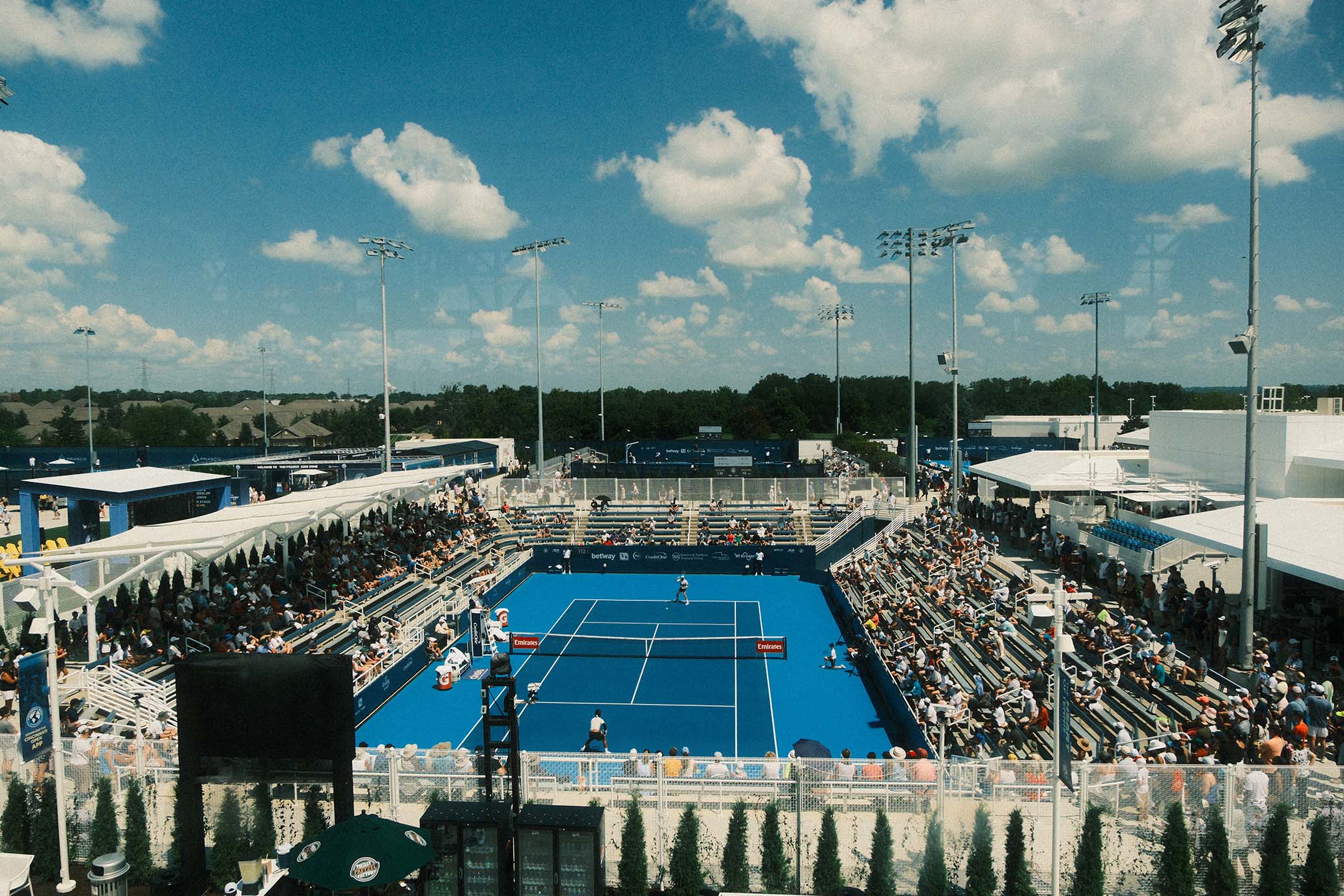
Lorenzo Musetti and Benjamin Bonzi battle it out on the sunken gem, Court 10. // David Bartholow

Lorenzo Musetti and Benjamin Bonzi battle it out on the sunken gem, Court 10. // David Bartholow
Sure, the surroundings don’t otherwise look or feel anything like Rome—or taste anything like it, if you’re eating your spaghetti topped with Skyline chili and that pile of glowing orange cheese that looks like radioactive tinsel—but the effect of the design has the same payoff. (Nota bene for any gourmands new to the Cincinnati area: A thick Graeter’s milkshake—Black Raspberry Chocolate Chip is best—pairs nicely with your Skyline.)
So when the Cincinnati Open unveiled a major overhaul for this year’s tournament—a $260 million renovation led by the architecture firm Gensler—I was delighted to see that the venue’s newly built quaternary stadium, dubbed Champions Court, followed the delicious Italian-American recipe that had worked so well for Court 10 (and that was not used for the decidedly less intimate Stadium 3, which the tournament built in 2010).
Kristin Byrd, design director and architect at Gensler, told The Second Serve that “something we found that was really beautiful about the Rome tournament was the idea of that sunken court.
“Obviously we had precedent on our site in Cincinnati already with Court 10,” Byrd said. “But how could we do that and make it a little bit more of an intimate experience?”
The sunken nature of the new Champions Court isn’t just for coziness; it’s also intentionally unobtrusive to the sight lines that architects wanted to create for attendees as they walk in through the new southern gateway of the grounds.
“If we’re putting a court in that southern position, we don’t want that to be the only thing people are seeing as they come in,” Byrd said. “We want them to be looking past it…and then as they get closer, the sunken court sort of opens up in front of them, creating this layered, elevational experience.”
The lighter color palette of Champions Court—also evocative of Pietrangeli’s white marble—is reflected in a lightness around the revamped Cincinnati grounds; lighter concrete has replaced black asphalt to mitigate previous “heat island” effects.
Byrd said there was a “tennis in a park” aesthetic that informed design decisions around the grounds, hoping to achieve an “elegance and a timelessness so it could live on into its next era.”
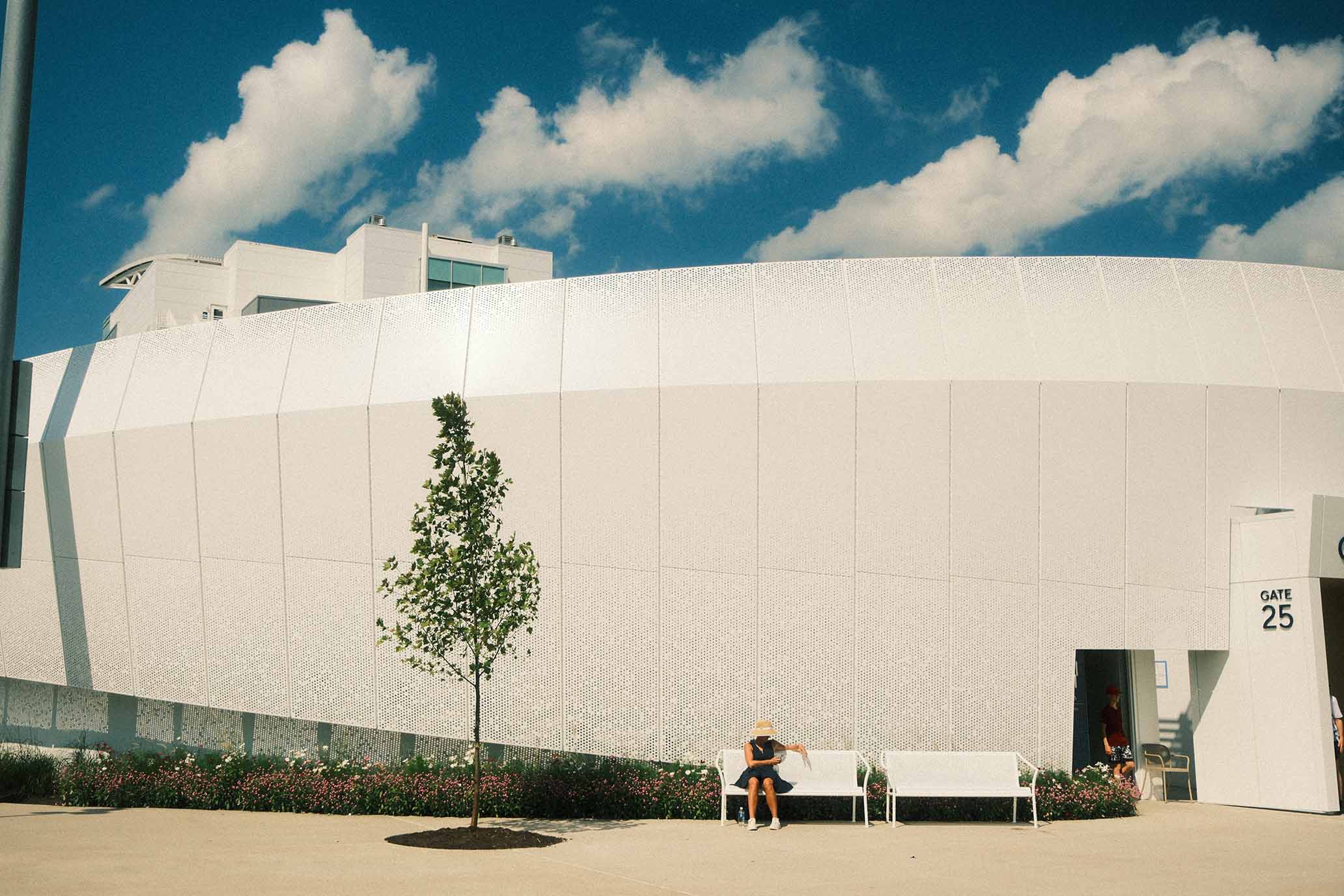
Outside the futuristic new Grand Stand facade. // David Bartholow

Outside the futuristic new Grand Stand facade. // David Bartholow
The original design of beloved Court 10, alas, did not prove timeless: Because of how much farther back players are now playing, particularly on the ATP side, Court 10’s tight playing surface no longer met new ATP regulations. Even before that, the cozy charms felt claustrophobic to the current brand of ATP expansionist players, and so only WTA matches were played on the court in both 2023 and 2024.
One of the very last ATP matches played on Court 10 featured fifth-ranked Casper Ruud losing to a then-little-known 229th-ranked Ben Shelton back in the second round in 2022, with Ruud growing increasingly furious he couldn’t play the long-distance style of tennis he wanted to mitigate Shelton’s power.
Shelton, who also won his first-round match on Court 10 that year against Lorenzo Sonego, recalled it fondly.
“I remember he was telling the ball kids to get off the court and moving the microphones in the back so there was more space,” Shelton told The Second Serve of Ruud in that match. “It was definitely too tight, and yeah, I don’t think he was too happy with the ATP putting us on that court; we kind of laugh about it nowadays. But that’s such a cool court and such a cool atmosphere—because it is so tight. And then when it’s packed, the fans feel so close to the court. That’s one of my favorite matches and electric runs that I’ve had—even though I only won two matches. It was just one of those moments for me that I’ll always remember, so enjoyable.”
Things worked out fine for Ruud, too: He made the US Open final a couple weeks later, on much bigger (but less Italianate) courts in Flushing Meadows.
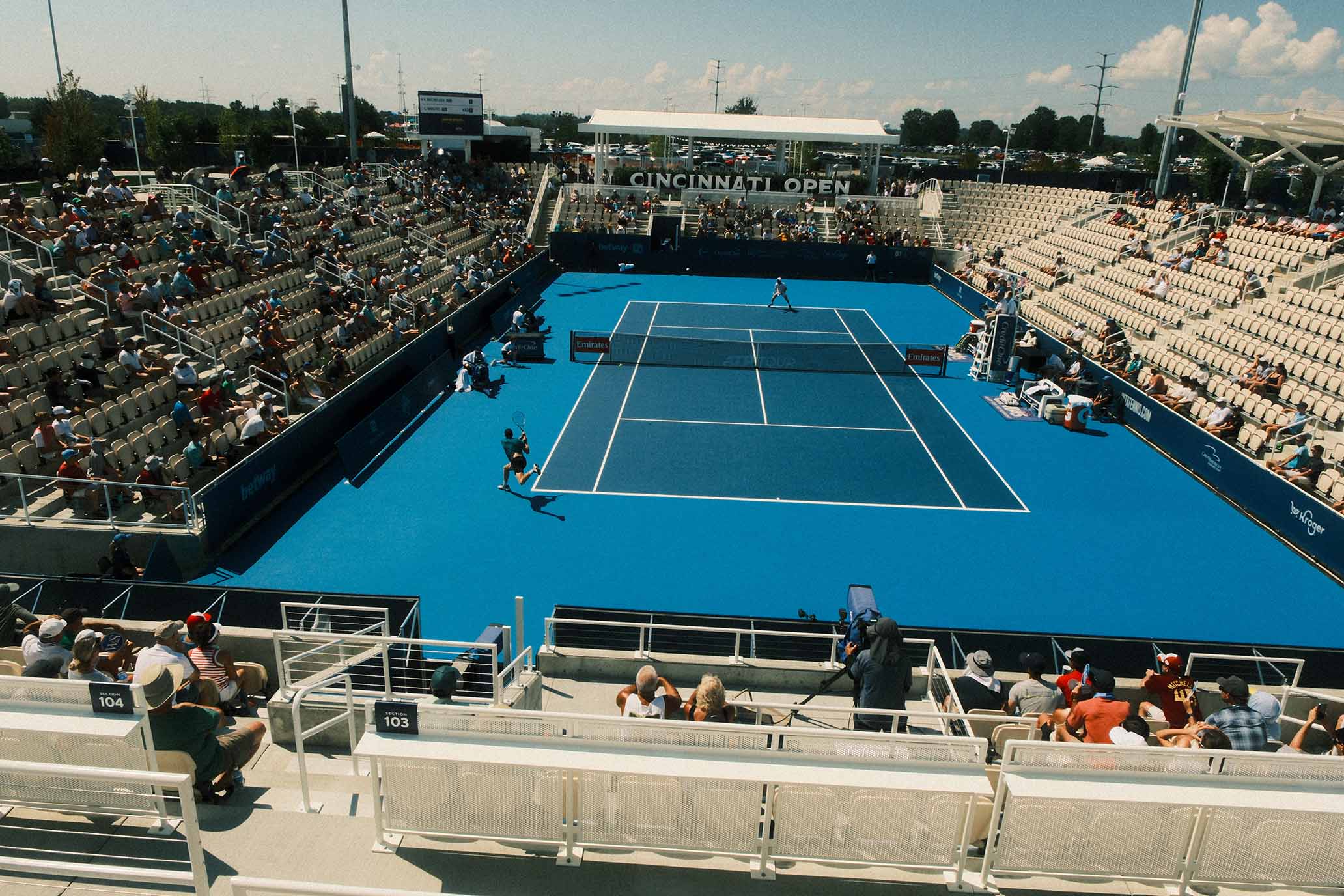
Alex Michelson and Corentin Moutet on the Champions Court. // David Bartholow

Alex Michelson and Corentin Moutet on the Champions Court. // David Bartholow
No further frustrations are likely in the future: The 2025 ATP Rulebook mandated that “new match courts built from 2025 onwards shall meet or exceed 66 feet by 132 feet” and further added that “Tournaments conducting major existing courts renovations should meet this new courts size requirement unless otherwise approved by the ATP,” which felt like a direct line toward Cincinnati’s rebuild. So Court 10, which Byrd said was 60 by 120, had four rows of seats removed on its south baseline side and two rows removed on the west sideline to comply.
That playing surface expansion is minor compared with the ballooning of the Cincinnati player fields, with singles draws shifting from 56 to 96 players this year as part of the trend of 1000-level events swelling and bloating.
Dell said the expanded draw that was arriving in 2025 was “100 percent the reason” the tournament revamped its facilities for this year. Beyond the stadia, even bigger changes have been made to the player-focused areas of the facility.
Dell said the main inspirations for the revamped player areas came from the hospitality industry.
“We got a lot of inspiration from hotels and other sources to try to make it feel more resort-like for them,” he said.
As a result, player checkout times each day have been later than ever.
“They’re not leaving,” Dell said of the players on-site. “They’re showing up for breakfast, and they’re staying for all three meals and leaving at about 10 o’clock.”
Mason’s chain restaurants and strip malls have their charms, but it’s not a favorite place for players to explore in their downtime. And since the famous Mason Applebee’s—immortalized on screen last year in Challengers—shuttered years ago anyhow, who can blame them?
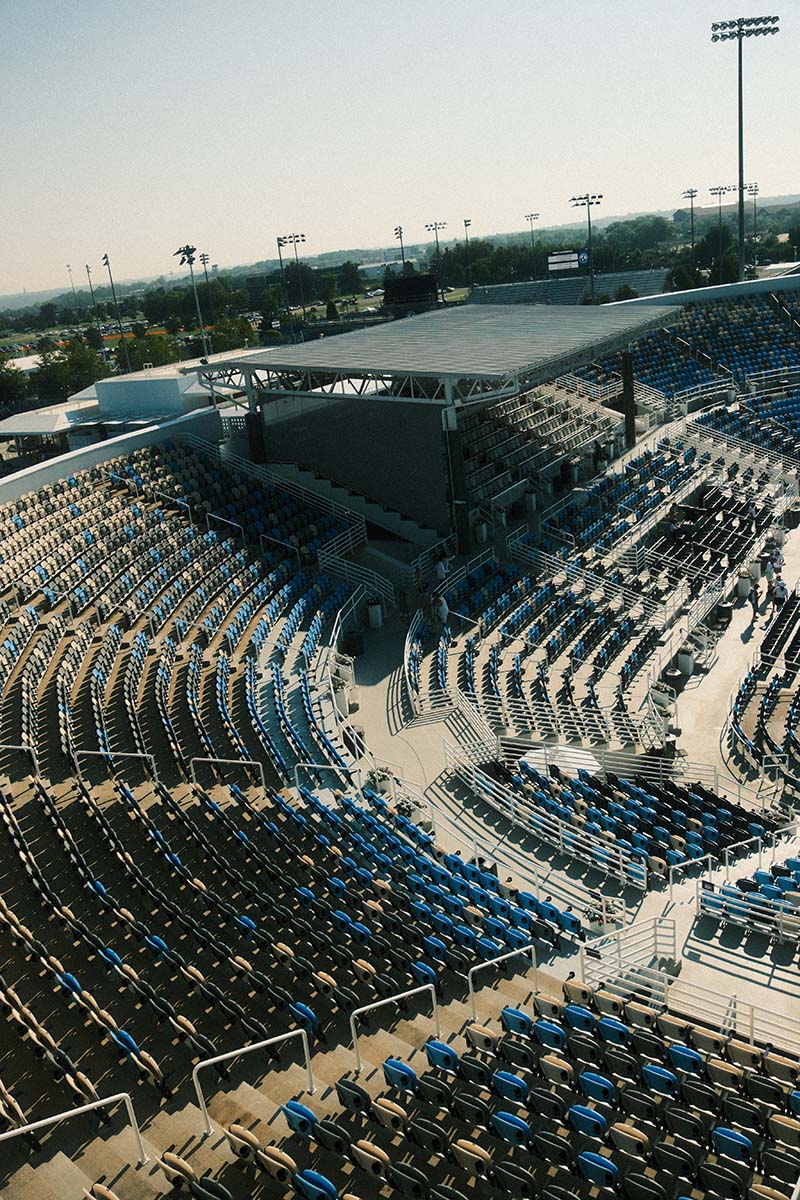
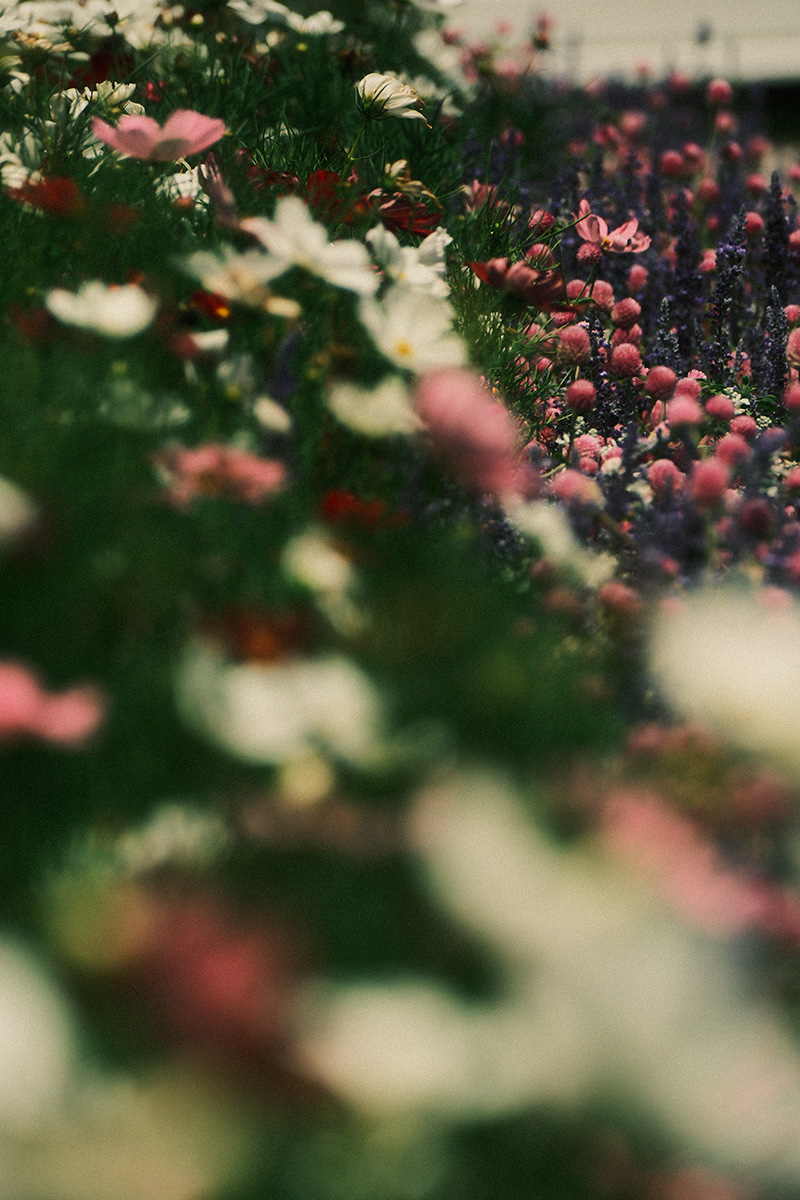



PURE, ORIGINAL TENNIS — SIGN UP!
RECOMMENDED
Big House Boris
BOOK REVIEWS
